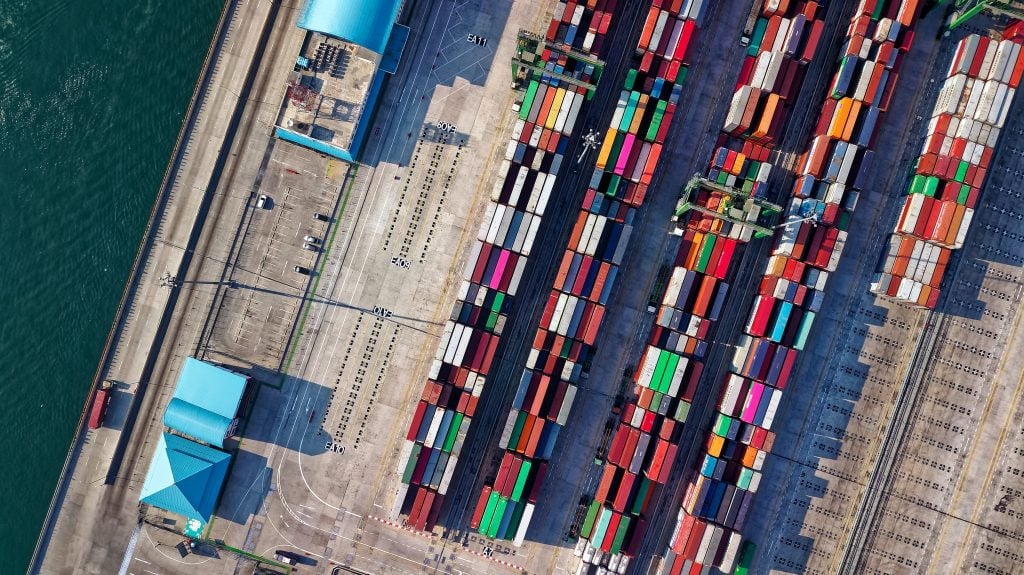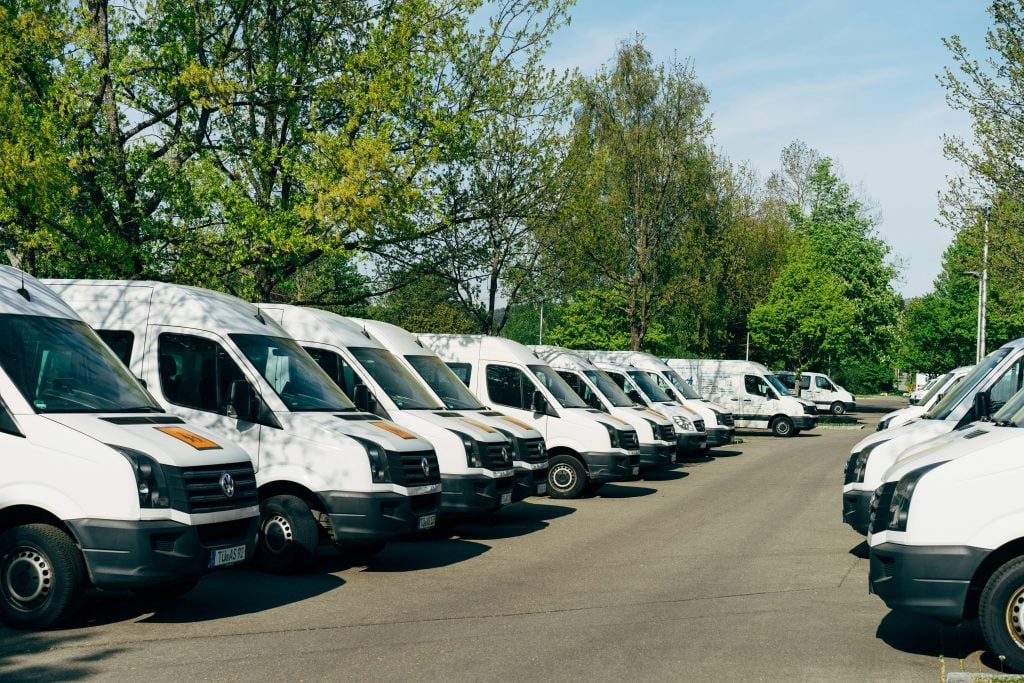Moving goods from one place to another can be a daunting task, especially when it comes to ensuring their safety during transit. Whether you’re relocating to a new home or shipping products for your business, it’s crucial to prioritize safety to prevent damage or loss. Here are some essential safety tips to follow when moving your goods from one place to another.

1. Choose the Right Freight Company
When it comes to moving your goods, selecting the right freight company is crucial for ensuring a safe and efficient transport process. If you’re looking for freight companies in Brisbane, keep in mind that the city is a major transportation hub with a variety of options available. It’s important to research and compare companies based on factors such as reputation, experience, services offered, and cost. Consider the following tips when choosing a freight company:
- Reputation and Experience: Look for a freight company with a solid reputation and extensive experience in transporting goods similar to yours. Check online reviews and ask for recommendations from friends or business associates.
- Insurance Coverage: Ensure that the freight company provides adequate insurance coverage for your goods. This will protect you in case of damage or loss during transit.
- Cost and Services: Compare quotes from multiple freight companies to find the best value for your money. Consider the services offered, such as packing and unpacking, and make sure they align with your needs.
- Tracking and Communication: Choose a freight company that provides real-time tracking and updates on the status of your shipment. This will give you peace of mind and allow you to plan accordingly.
- Customer Service: Pay attention to the level of customer service provided by the freight company. A responsive and helpful team can make a significant difference in your moving experience.
2. Choose the Right Packaging
The first step in ensuring the safety of your goods during transit is to choose the right packaging materials. Depending on the nature of the items you’re moving, you may need to use different types of packaging, such as boxes, bubble wrap, or foam padding. Make sure to select sturdy and high-quality materials that can withstand the rigors of transportation.
Properly Label Your Packages
Proper labeling is essential when moving goods from one place to another. Mark each package with its contents, destination, and any special handling instructions. This will help ensure that your items are handled correctly and reach their destination safely. Additionally, labeling your packages can also help prevent loss or misplacement during transit.
3. Secure Your Load
When transporting goods, it’s crucial to secure your load properly. Use straps, ropes, or other securing methods to prevent your items from shifting or falling during transit. This is especially important when moving large or heavy items, as they can cause serious damage if they become loose or fall off the vehicle.
- Use Proper Equipment: When securing your load, make sure to use the appropriate equipment for the job. This includes strong straps or ropes that are designed to handle the weight and size of your items. Avoid using makeshift solutions, such as bungee cords or twine, as they may not be strong enough to hold your load securely.
- Distribute Weight Evenly: Properly distributing the weight of your load is essential for safe transport. Make sure that heavier items are placed at the bottom of the load and lighter items on top. This will help prevent the load from becoming top-heavy and tipping over during transit.
- Inspect and Adjust as Needed: Before hitting the road, take the time to inspect your load and make any necessary adjustments. Check that all straps and ropes are securely fastened and that there are no loose or protruding items that could pose a hazard. Periodically check your load during transit and make adjustments as needed to ensure that everything remains secure.
4. Use the Right Vehicle
Choosing the right vehicle for transporting your goods is essential for safety. If you’re moving large or heavy items, consider using a truck or van with a loading ramp or liftgate to make loading and unloading easier and safer. Additionally, make sure the vehicle is properly maintained and in good working condition before you start your journey.
- Consider Size and Capacity: When selecting a vehicle for transporting your goods, consider both the size and capacity of the vehicle. Make sure it can accommodate the size and weight of your load without being overloaded. Overloading a vehicle can affect its handling and braking capabilities, increasing the risk of accidents.
- Check for Special Features: Some vehicles come equipped with special features that can make transporting goods safer and more convenient. For example, some trucks have built-in tie-down points or cargo management systems that can help secure your load. Others may have advanced safety features, such as stability control or anti-lock brakes, that can provide added peace of mind.
5. Drive Safely
When transporting goods, it’s important to drive safely and follow all traffic laws. This includes obeying speed limits, using turn signals, and maintaining a safe following distance. Avoid distractions such as texting or talking on the phone while driving, as these can increase the risk of accidents.
6. Stay Organized and Prepared
Staying organized and prepared is essential for a safe and successful move. Make a checklist of all the items you need to pack and move and keep important documents, such as contracts and insurance information, in a safe and accessible place. Make sure to have a first aid kit and emergency supplies on hand in case of accidents or unexpected delays. By staying organized and prepared, you can reduce stress and ensure that your move goes smoothly.
- Create a moving timeline and schedule tasks to stay on track.
- Keep important documents and valuables with you, rather than packing them in the moving truck.
- Have a plan for what to do in case of inclement weather or other unexpected events.

Moving goods from one place to another can be a complex process, but by following these six safety tips, you can help ensure that your items reach their destination safely and intact. By choosing the right packaging, properly labeling your packages, securing your load, using the right vehicle, driving safely, and insuring your goods, you can minimize the risk of damage or loss and enjoy a smooth and stress-free move.












